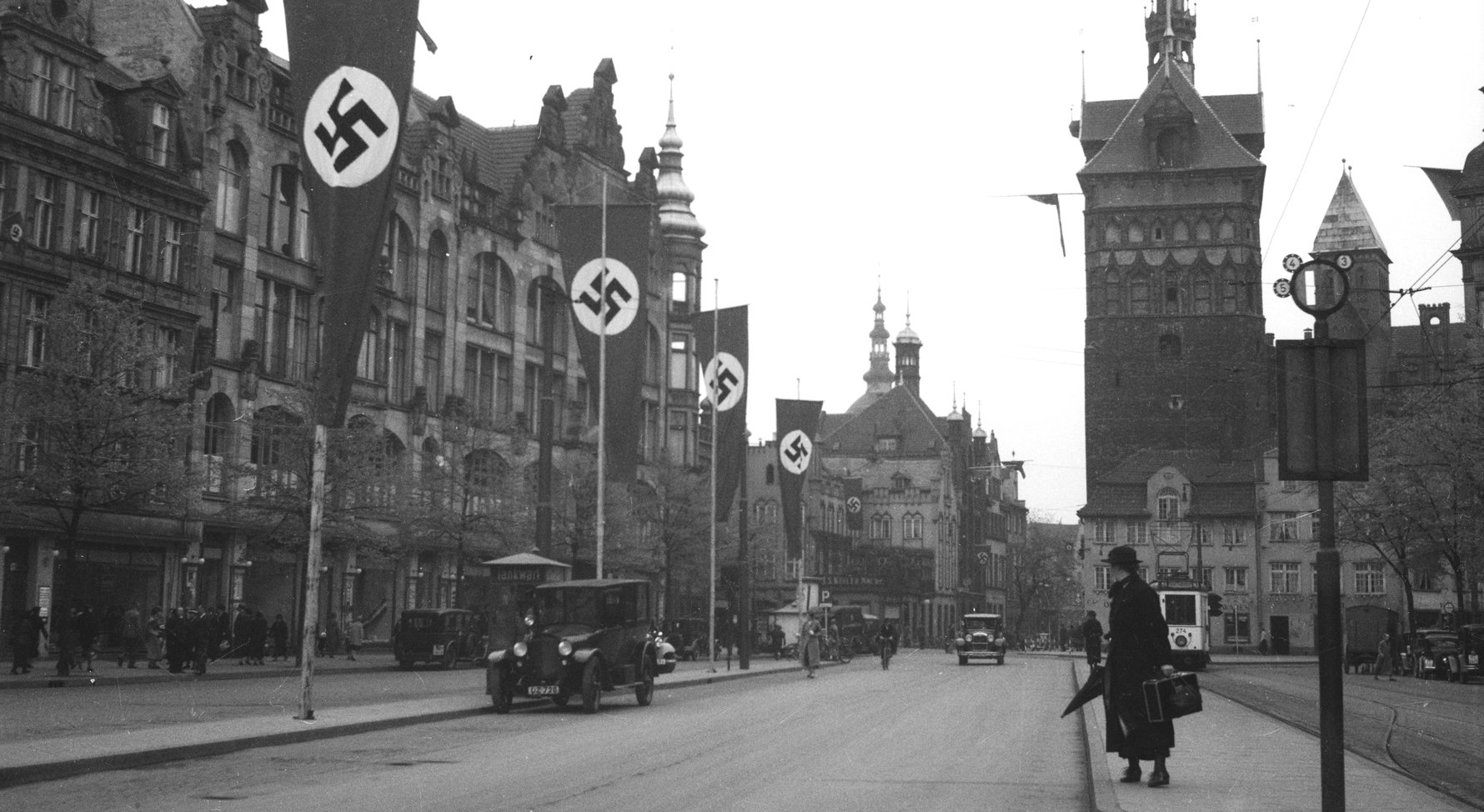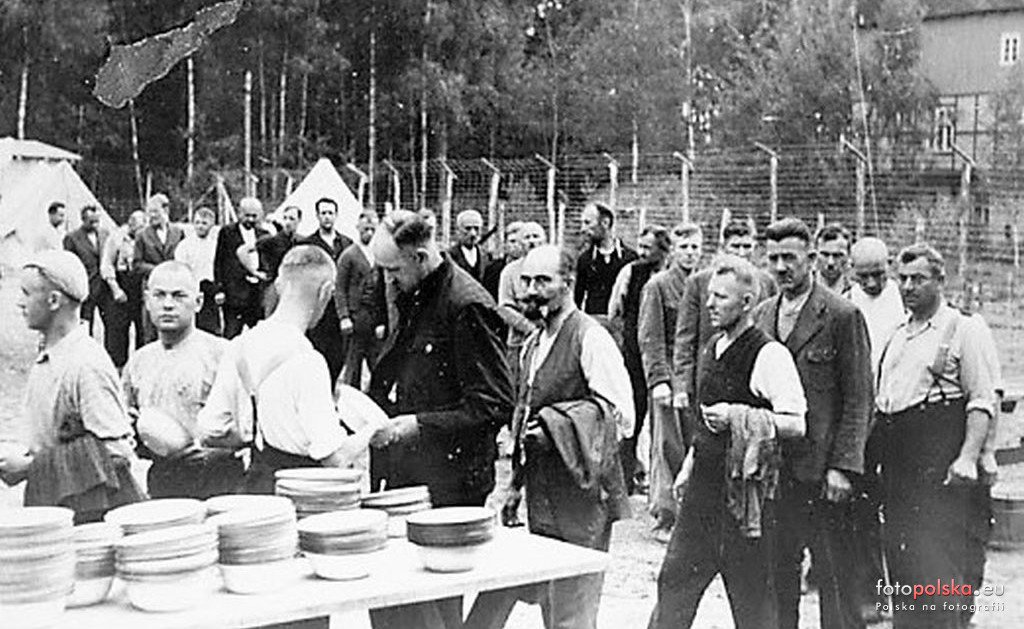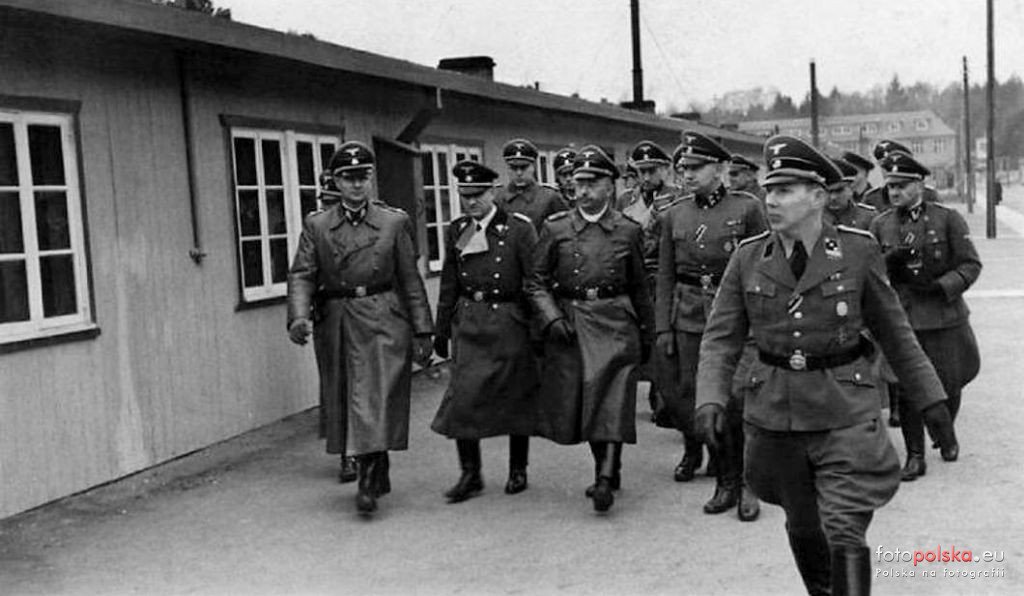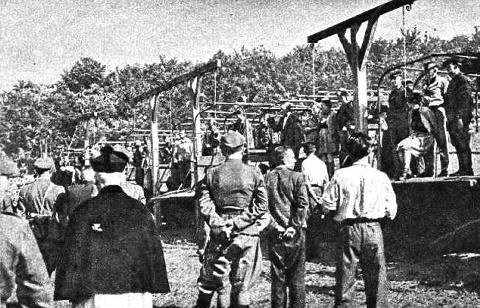The name Stutthof will always be recognised for one thing. And, like the better-known Auschwitz, what happened there should never be forgotten...
The small town of Sztutowo (the Polish name of Stutthof), found 55km from the centre of Gdansk, became the home of the first Nazi concentration camp built outside of Germany when preparations began to take prisoners in the summer of 1939. Stutthof was also the last concentration camp to be liberated, a point which helps to illustrate how isolated the place is and how little people seemed to know or care about it.

The history of the town can be traced back to the beginning of the 13th century but little of note ever happened here. The town and the surrounding lands were controlled over the centuries by Teutonic Knights, Poles and Prussians before becoming part of the German empire in 1870 and then, with Germany’s defeat in World War I, part of the territory of the Free City of Danzig in 1920. Its road to infamy began long before the outbreak of World War II. Nazi officials in the Free City of Danzig began conspiring to detain and ultimately exterminate ‘undesirable elements’ of the local population not long after coming to power in 1933.

As early as 1935 lists detailing the names of Polish politicians, intellectuals, economists, religious figures and patriots (those considered most likely in Polish society to disrupt the Nazi vision of the future) were being compiled by the German Schutzpolizei. As covert preparations for war intensified Himmler himself visited Danzig twice in the summer of 1939, giving orders for the immediate strengthening of the local police force. Furthermore August saw Gdańsk jail emptied, the Victoriaschule (a girls’ school at ul. Kładki 1) adapted to hold large numbers of prisoners, and Stutthof identified as the site of a camp.

September 1, 1939, not only signalled the invasion of Poland, but also the beginning of a Saubersungsaktion (Eng: Cleaning Action) by the police force. Waves of mass arrests followed, with the first batch of prisoners arriving in Stutthof the following day. Stutthof, penned in by sea and forest, but also serviced by rail lines, was seen as an ideal location for a camp, and by February, 1940, it had emerged as the principal holding area in Pomerania for enemies of the Nazi state. At this stage, however, it was still classified as a civilian camp, and it wasn’t until an official visit from Himmler in November 1941 that it was transferred to the jurisdiction of the Concentration Camp Inspectorate. What had started off as a relatively small camp now welcomed transports from across conquered Europe; by the end of the war, Stutthof had grown to include 26 sub-camps covering an area of 120 hectares, and holding an estimated 57,000 inmates.

Conditions were brutal with hard labour, epidemics and starvation all culling prisoner numbers. Furthermore, those who fell sick could expect to be murdered with a phenol injection to the heart delivered by one of the camp doctors. The second half of 1944 saw the decision to transport Jews to Stutthof, a move that led to the killing process being streamlined further with the addition of a gas chamber and crematorium; of the 50,000 Jews imprisoned in Stutthof only 3,000 are estimated to have survived.
With the Red Army approaching, and liberation in sight, the Nazis played the final card in their heinous game. An earlier decree issued by Himmler had insisted no prisoners be liberated, and as such tens of thousands were forced on arduous ‘death marches’ to camps further west. Scores perished on the way, with those unable to continue summarily shot and killed on the roadside. Soviet troops finally entered the camp on May 9, 1945, greeted by little more than 100 emaciated inmates who had managed to hide during the evacuation process. Research indicates that of the 110,000 prisoners incarcerated throughout Stutthof’s existence, 65,000 never left the camp alive.

The search for justice began immediately with the first Stutthof trial concluding in June, 1946. Eleven death sentences were passed, and these were carried out a month later in front of a baying crowd of over 200,000 on ul. Pohulanka in the Biskupia Góra district of Gdańsk. However, no commandant was ever brought to face a Polish court; Max Pauly was executed by the British for crimes in Neuengamme, while the second commandant, Paul Werner Hoppe, was only arrested years later in 1955. The man behind the Stutthof death marches was eventually tried in the west before receiving a sentence of nine years. Doctor Otto Heidl, involved in countless phenol injections, cheated justice by committing suicide in prison. The cases of over 1,900 SS men and women employed at Stutthof never came to court.
Getting to Stutthof from Gdańsk
The town of Sztutowo (Polish name for 'Stutthof') lies 55 kilometres east of Gdańsk and is easily accessed by both car and bus. Journey time by bus is about 80 minutes and costs 14.50zł. From Gdańsk bus station, board the number 870 bus marked either 'Sztutowo' or 'Krynica Morska' from Platform 2 (Note that the service varies on its final destination but both go past the museum). They leave every hour in the high season and much less-frequently during Autumn and Winter. Remember to take cash as these are 20th century buses that missed the technological advent of EFTPOS! After 80 minutes, keep an eye out for the perimeter of the camp on your left side. Get off at this stop!!Remember to take note of the last bus heading back to Gdańsk, which varies from 20:15 or 21:15. The return bus stop is on the opposite side of the road, and another 100m towards the town.
If you have a car and plan on driving there, take road number 7 before turning left just after crossing the Wisła (in the direction of Mikoszewo). Once in Mikoszewo follow signs to Krynica Morska. You’ll find Sztutowo on the way. Total distance - 55km.



Comments